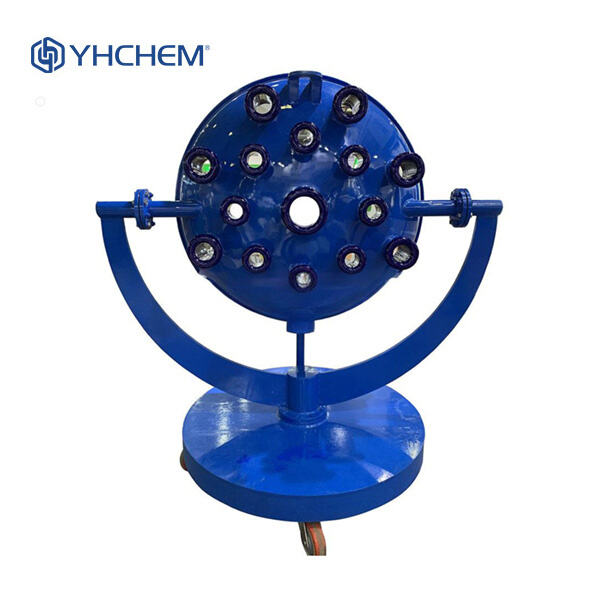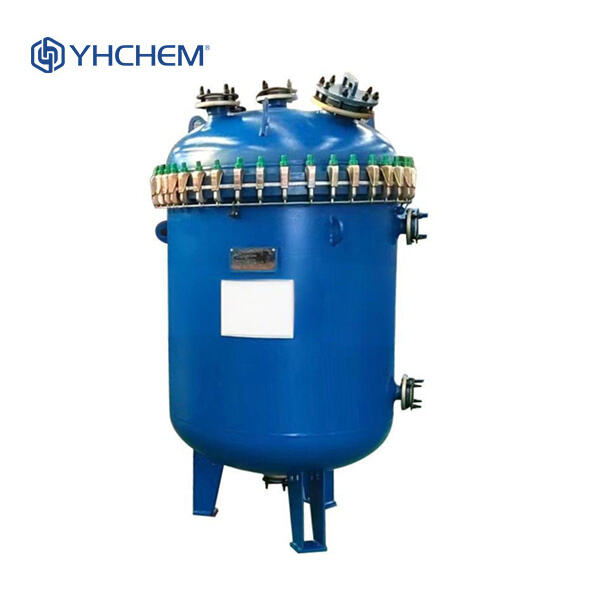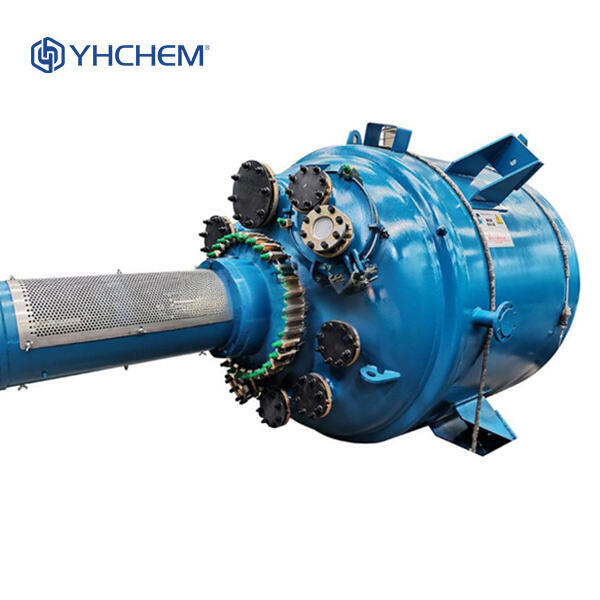Enamel reactors are special equipment that is very critical in various factories. The reactors are constructed from a hardy substance known as enamel. It’s rust-resistant, and it can withstand high heat. In this lesson, we will learn about what these things are, how they operate and why they are so useful in chemical engineering.
Enamel reactors blend and store chemicals safely. The enamel is a hard and durable glass that adheres to metal, which means that it’s not going to flake or break easily. This special shield prevents the reactor from rust or corrosion, making it an excellent choice for working with strong chemicals.
Inside the diaphragm pump, other chemical reactions take place. These reactions are governed by modifying factors like temperature, pressure and how quickly the chemicals are mixed. The enamel containing the chemicals protects them from exposure and allows the reactor to be cleaned after each treatment.
Enamel reactors are crucial in manufacturing, as they enable chemicals and other produced goods to be made in a safe and efficient manner. They’re challenging to control the reactions during manufacturing without them! This could create slower production, inferior quality of products and a less safe working environment.

Enamel reactors are applied in medicine, petroleum, and food manufacturing, etc. They are most helpful when strong materials or high heat is in play, because the enamel contributes to protecting the reactor and preserving its life.

"Enamel reactors have revolutionised chemical engineering by providing significant control on chemical reactions. This has upgraded quality of products, speed of production, and safety. Enamel reactors also present new opportunities for new materials and techniques.

Enamel reactors have found a wide range of applications. They can be commonly found in chemical plants, labs and factories. Enamel reactors are applicable to various industries and can be tailored according to client requirements.